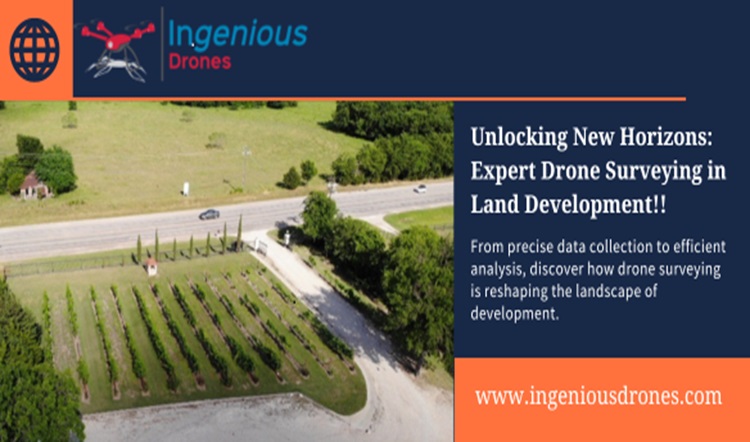In the realm of land development, precision, efficiency, and accuracy are paramount. Traditional surveying methods, while effective, often come with challenges such as time constraints, labor costs, and limited accessibility to remote or hazardous terrain. However, the emergence of drone surveying has brought about a revolutionary shift in how land development projects are approached and executed.
Drone surveying offers a game-changing solution to these challenges. Equipped with high-resolution cameras and advanced sensors, drones can quickly and accurately capture aerial data of vast areas with unprecedented detail. This data is then processed using sophisticated software to generate precise maps, 3D models, and point clouds, providing developers, engineers, and planners with valuable insights into the terrain and landscape.
One of the most significant advantages of drone surveying is its speed and efficiency. Drones can cover large areas in a fraction of the time it takes traditional surveying teams, significantly reducing project timelines and costs. This accelerated data collection process allows for more frequent and up-to-date surveys throughout the project lifecycle, ensuring that decisions are based on the most current information.
Moreover, drone surveying enhances safety by minimizing the need for ground personnel to access hazardous or inaccessible terrain. This not only reduces the risk of accidents but also enables developers to conduct surveys in areas that were previously deemed too dangerous or difficult to reach.
From site planning and design to construction and beyond, drone surveying is revolutionizing every stage of the land development process. By providing developers with accurate, timely, and cost-effective aerial data, drones are empowering them to make informed decisions, optimize resources, and ultimately, bring their vision to life with unprecedented precision and efficiency.


Recent Comments